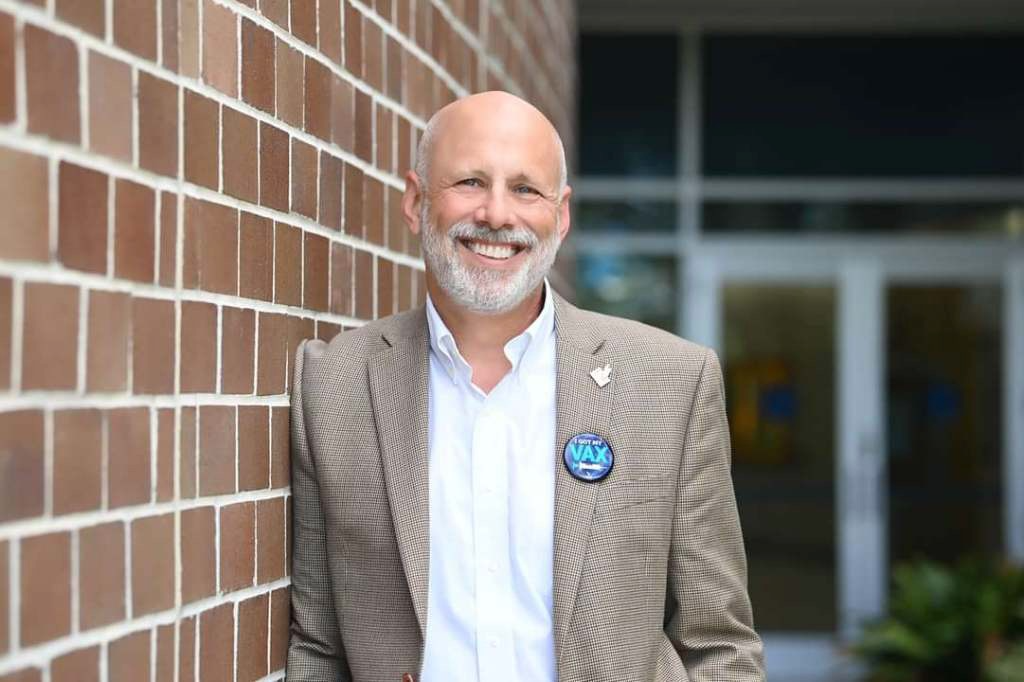“In space no one can hear you scream.” If that quote sounds familiar, it’s because it is — it’s the famous tagline for “Alien,” the 1980 sci-fi horror flick that first gave audiences a reason to fear the ocean of emptiness. “Gravity” aims to depict the literal meaning of that quote.
“Gravity” takes place in the thermosphere. The story revolves around two astronauts (pardon the pun), trying to get back to Earth. Astronauts Ryan Stone (Sandra Bullock), Matt Kowalski (George Clooney) and the rest of their crew on the Hubble Telescope are installing some prototype space thing (I’m not a rocket scientist, so I don’t know what). The Russians decide the best way to destroy one of their defunct satellites is to launch a missile at it. Unfortunately, this causes the debris to be hurled around the Earth, destroying most of the other satellites as it heads toward the astronauts. I’m not going to explain how this works, because A: I’m still in Intro to Physics, and B: just wiki the Kessler syndrome.
The debris kills most of the astronauts and incapacitates their shuttle. Stranded and with no way to communicate with Houston, Stone and Kowalski must use a single thruster pack get back to the ISS (International Space Station) before the debris finishes its orbit.
Alfonso Cuaron, director of one of my top 10 favorite films, “Children of Men”, takes the wheel of this sci-fi thriller to hammer home the aforementioned Alien quote with his co-writer and son Jonas Cuaron. The Cuarons perfectly capture both the look and sound of outer space — and when I say sound I mean no sound other than the comms between Kowalski and Stone. The silence adds to the realism when the debris silently rips through the shuttle and the only sound is the comms of the astronauts as they try to escape. The Cuarons further capture the realism of outer space by showing how the astronauts have little to no control when they are adrift. It’s really terrifying when they lose control of their suits and begin drifting, causing them to desperately flail around, grabbing anything they can. On top of the absence of air and gravity, Cuaron gives the astronauts further headaches to deal with, including the fact that every 90 minutes the debris finishes its orbit and they have no way to protect themselves from it.
Bullock and Clooney both give amazing performances as two astronauts racing against the clock to get home. Clooney brings his usual charisma as the smooth and calm Kowalski. Clooney’s character may use humor to lighten the mood of the situation, but he knows what he’s doing in times of crisis. Bullock is much more emotional as Stone, who breaks easily under the pressure of their circumstances but is still able to demonstrate a resolve to live.
Cinematographer Emmanuel Lubezki, who previously collaborated with Cuaron on “Children of Men”, returns to bring his signature single-shot camera sequences that put us in the perspective of the character and make the viewer fear what we can’t see outside of the immediate vicinity of the character. This is best executed in a scene where Bullock is trying to detach an escape pod, and all we are shown are her and a small part of the ISS that is slowly being torn to shreds by the lightning-fast debris.
To conclude, “Gravity” is one of the best films I’ve seen this year. Cuaron reminds us that space may be a source of wonder, but that doesn’t mean it shouldn’t be feared.
5 out of 5 stars







